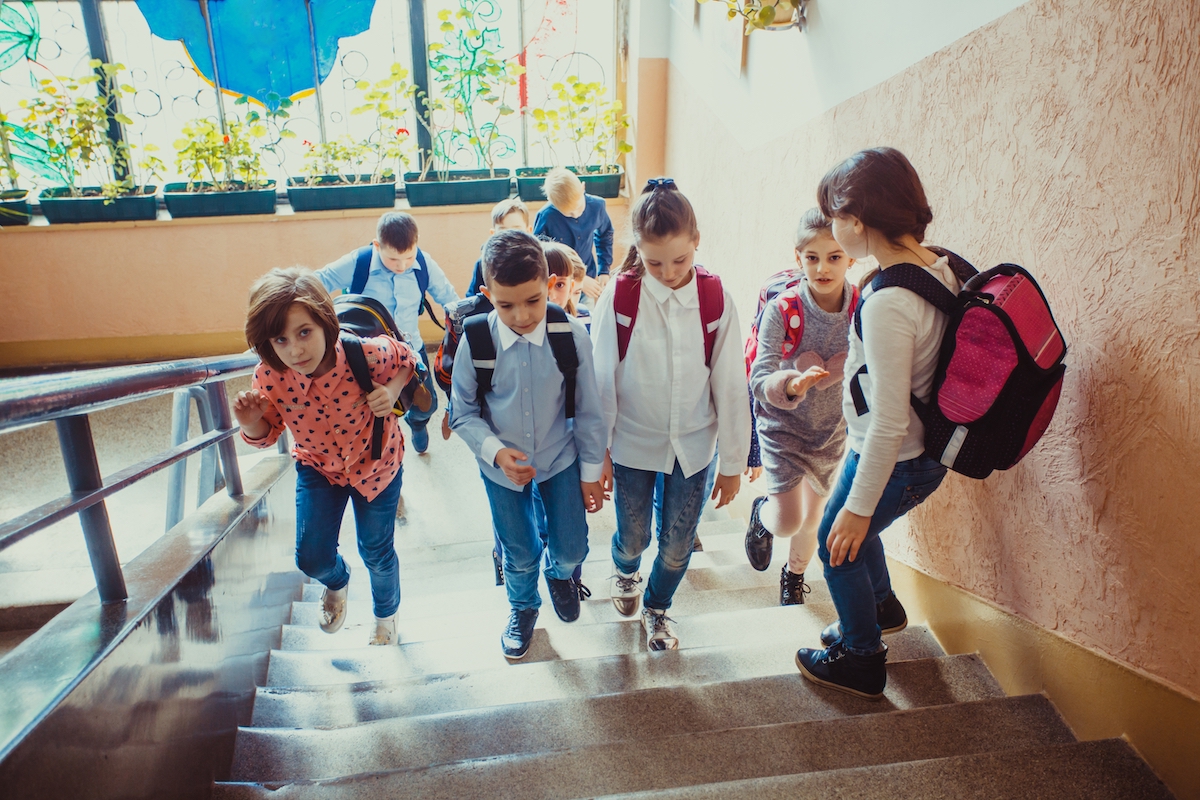The COVID-19 pandemic unexpectedly upended our lives. People around the world struggled to adapt and found themselves feeling unprepared. Schools in particular faced unprecedented challenges—how to teach virtually, how to check in on the mental health of students and staff, and eventually how to keep track of tests, vaccinations, and more. There are valuable lessons to be learned from the past two years.
Let’s explore 4 school safety lessons the pandemic taught us:
- Keeping Track of Students and Staff Members
When the pandemic hit, there was a sudden need to keep track of all individuals, their health status, and their location at any given time. Schools scrambled to find a way to systemize their student and staff directories. In NYC Public Schools, principals and assistant principals had to work after hours analyzing COVID-19 data in order to determine which classrooms had to close and which students or staff had to be quarantined and notified. To rectify this situation, the city Department of Education has agreed to pay five hours of overtime to school administrators for every COVID-19 case that required extra work to track and to inform infected students and staff. This payout is estimated to run into the millions, and is expected to be partially funded with COVID-19 federal aid. Going forward, all schools should invest in a system, preferably a digital one, to organize student rosters and staff contact information. We have learned that it is in our best interest to be able to locate or contact our school community members whenever we need to, in a timely manner. Not only does it make our lives easier, but it keeps people safer as well by having everyone connected.
- Integrating Digital Tools
With schools unexpectedly closing their doors due to COVID-19 lockdowns, technology became our only line of communication. We had no choice but to rely on our devices to ensure that students were learning. We learned that digital tools, if used well and integrated with existing approaches, can enhance our educational system. As students later returned to their school buildings, we saw how technology was a game changer with COVID-19 management. Schools should now consider digitizing as much as possible such as student test data, graduation requirements, and school safety plans. Digitizing data is the best way to ensure the safety plans are readily available and that the information stays confidential and secure.
- Increasing Mental Health Awareness
As students came back to school, they had to get used to wearing masks while relearning social skills. Some were out of school buildings and faced isolation for well over a year. Basic skill levels were lacking in all subject areas. Students with mental health issues have since found newer ways to send out threats, such as on social media. There’s been more drug and alcohol abuse, more bullying, and more talks of suicide. Educators are also stressed as they face this increase in challenges while still having to keep up with a rigorous curriculum. In fact, according to the CDC, the percentage of adults who reported symptoms of anxiety and depression increased from 36.4 to 41.5 % from August 2020 to February 2021. The pandemic has brought awareness to the mental health crisis, and as a result schools should continue to make mental health services a priority. More than ever, there is a need for behavioral risk assessments, reporting, and intervention in schools. Procedures should be in place for responding to threats. Everyone should look for and report changes in student behaviors as a preventative approach to stopping violence before it starts. You can learn more about this topic in our latest on-demand webinar.
- Working as a Team
The biggest lesson we probably learned from the pandemic is you can never be too prepared. Do you remember scrambling to get your hands on some toilet paper in 2020? Although we cannot predict what may come our way, we can work together to build a strong foundation for our school safety plan. District leaders, school administrators, psychologists, social workers, and more should all be working towards shared goals for their schools. Team members must take time to learn each other’s vocabulary, command structure, and culture in order to facilitate effective planning.Then, when there is an emergency, everyone will know the plan.
Throughout the COVID-19 pandemic, we have learned important lessons about how we can improve our preparedness and our school safety plans. CrisisGo made groundbreaking strides in COVID-19 management with Safety iPass. We opened everyone’s eyes to the idea of digitally keeping track of your stakeholders. We’ve put a focus on mental health with Safety Intervention Manager. If you have been considering digitizing your school safety system, the time is now. The tools are available and it is each school’s responsibility to get on board. The lessons we have learned throughout the pandemic will help us to create a brighter, safer future for all school communities. 











No Comments Yet
Let us know what you think